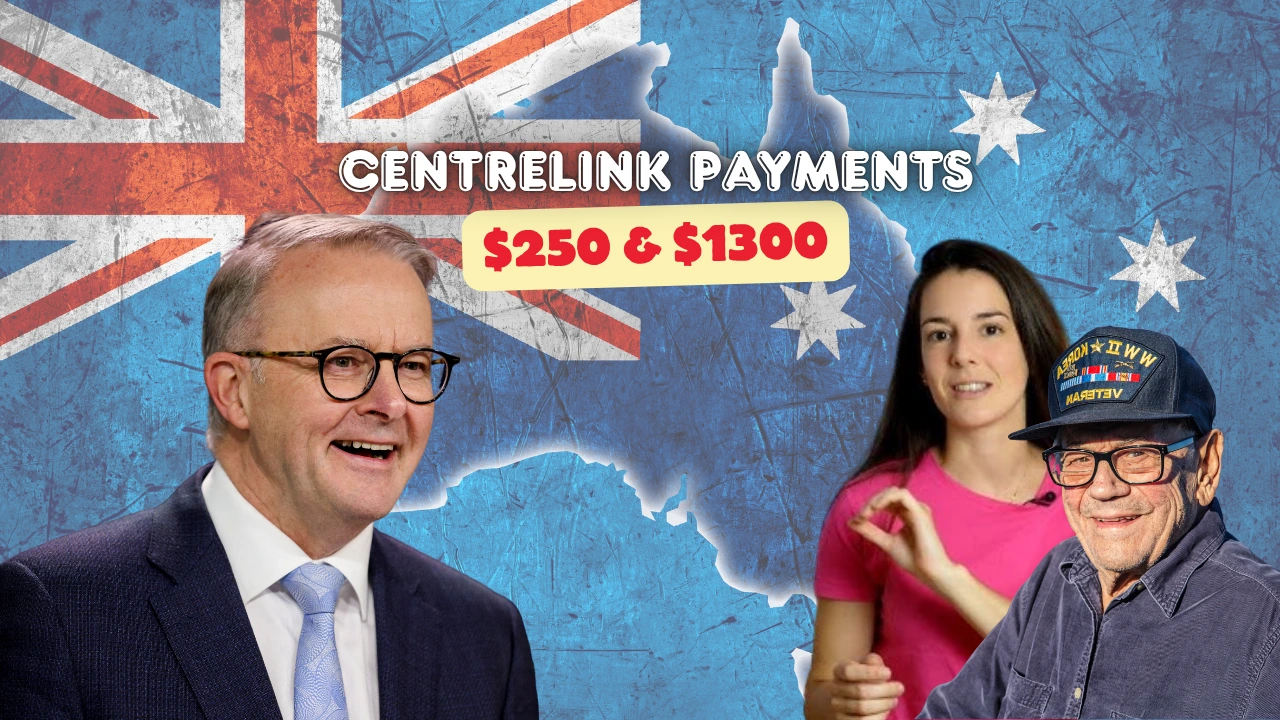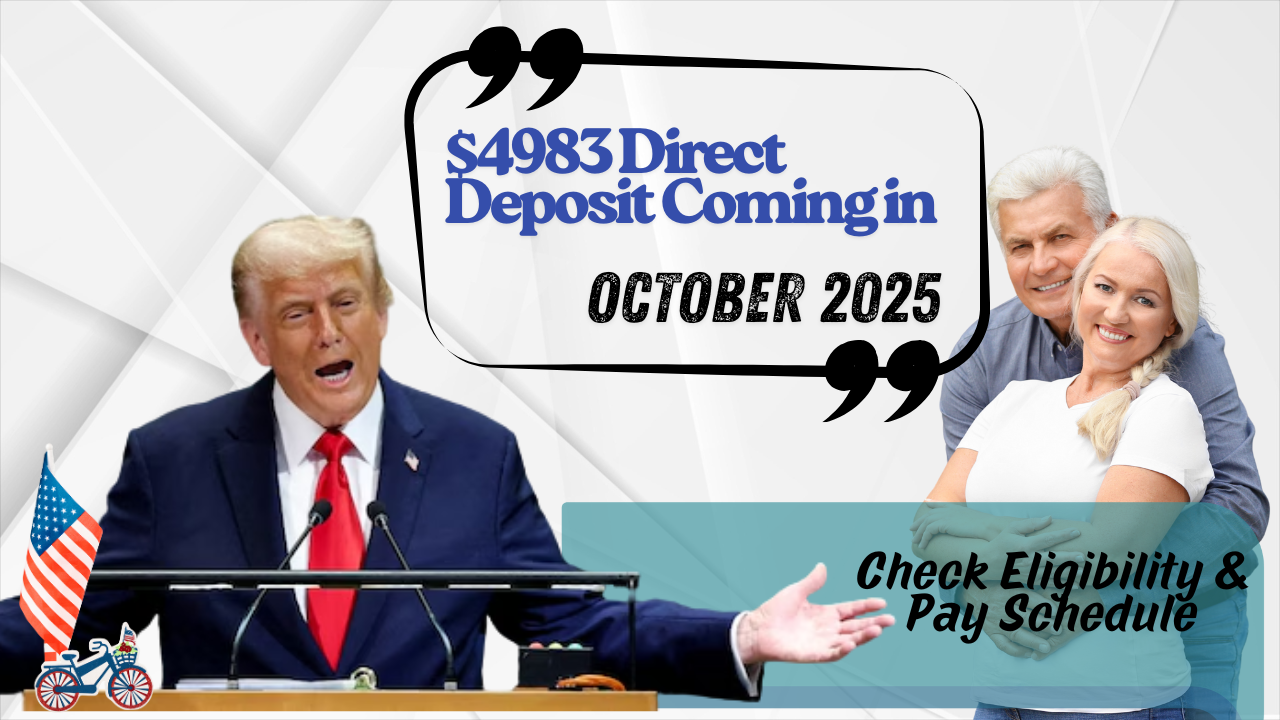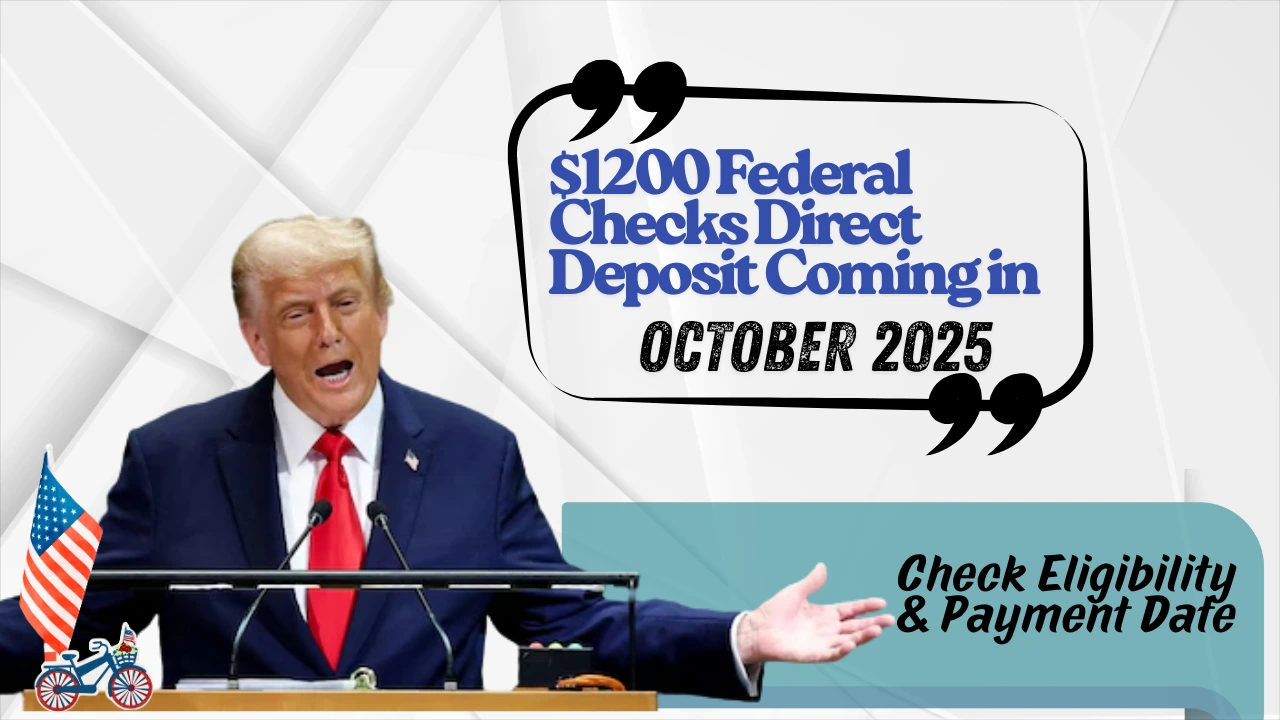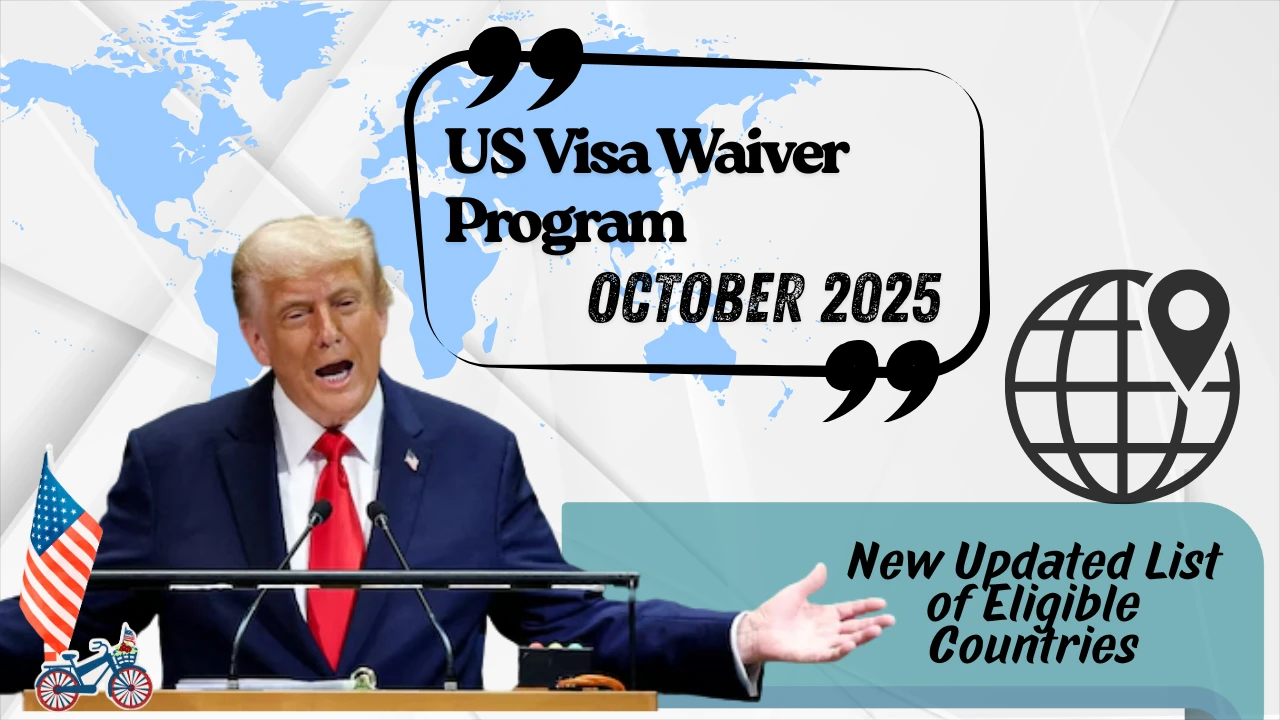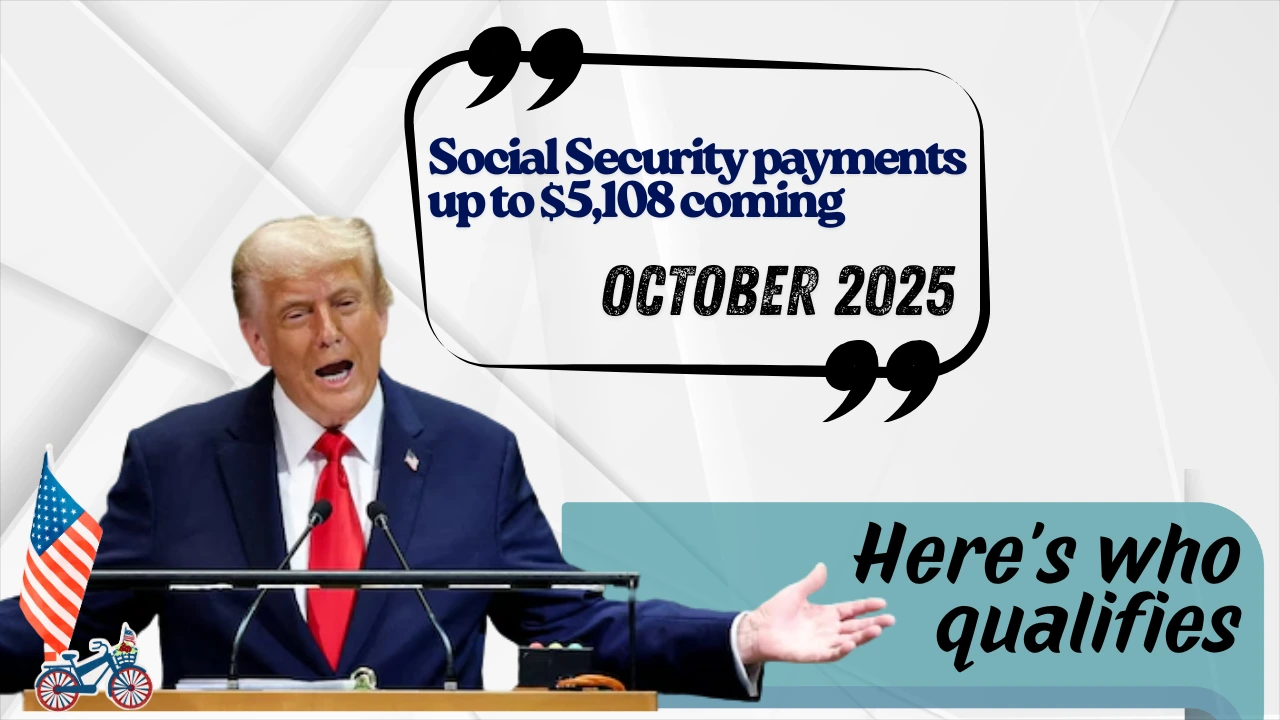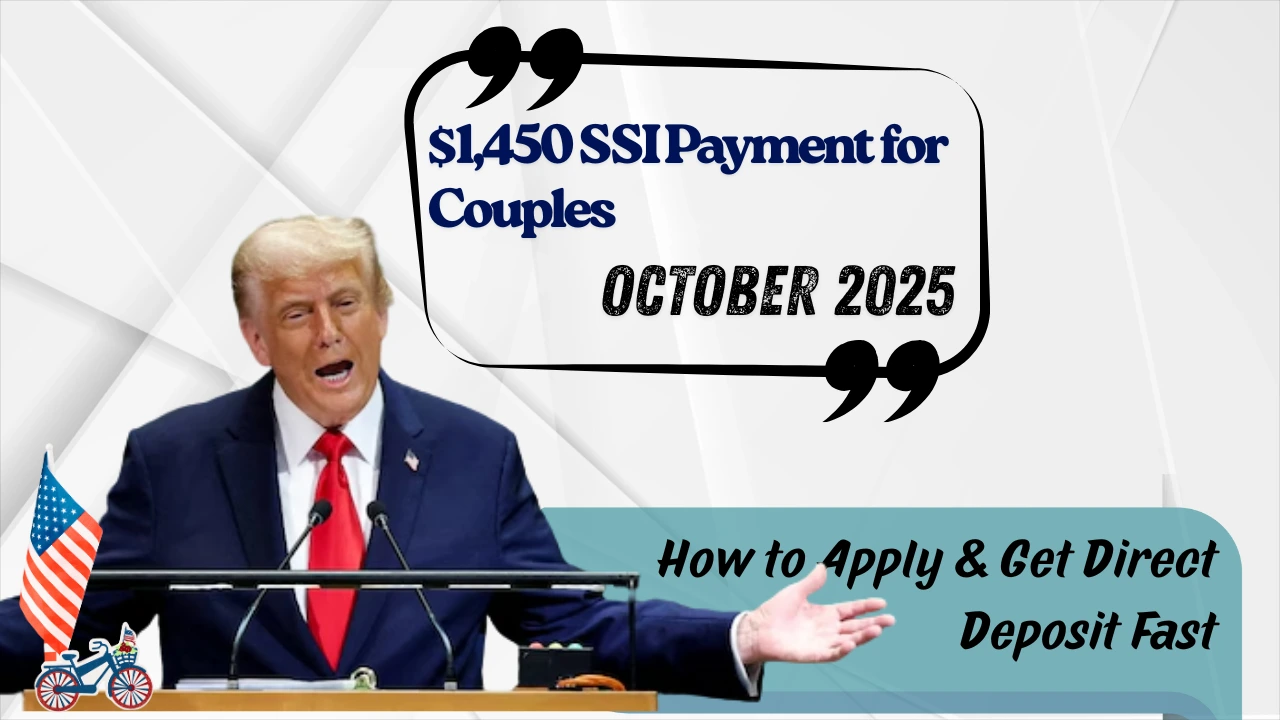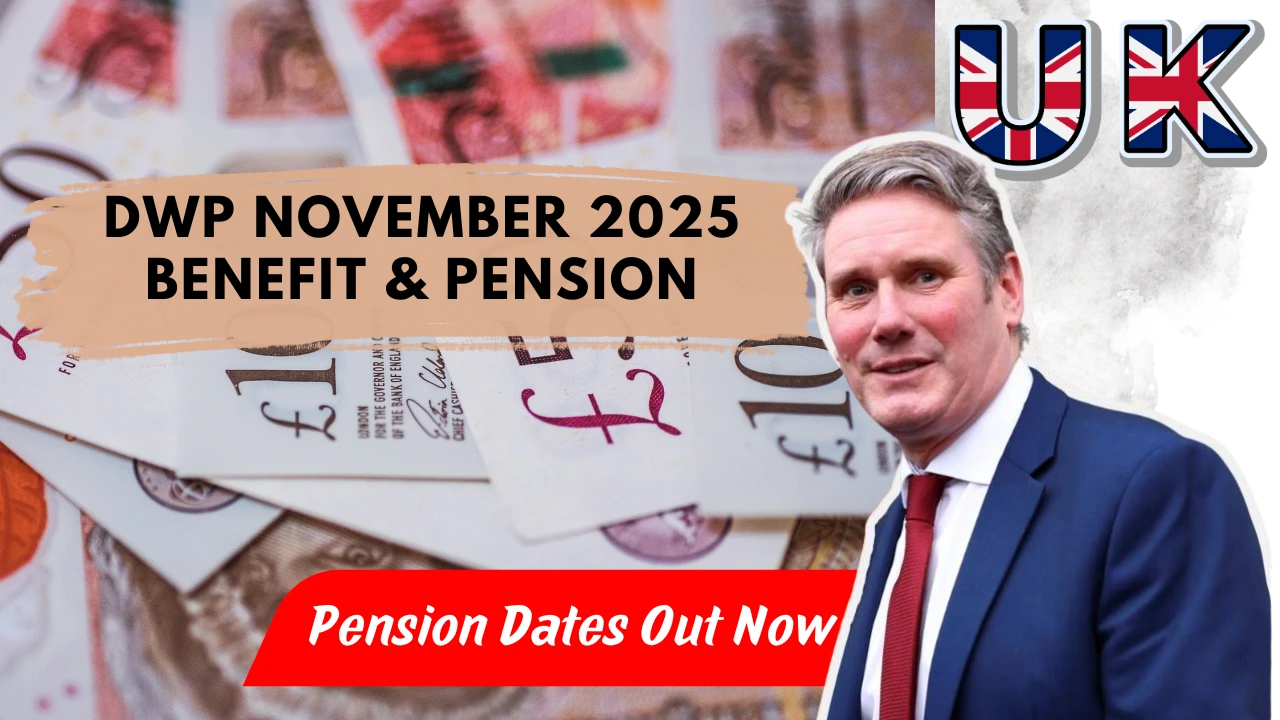$250 & $1300 Centrelink Cost Of Living Payment.Inflation, rising energy prices, and everyday cost pressures have put many Australians under financial strain. To help ease this burden, the government has proposed targeted one-time payments under the umbrella of the Centrelink Cost-of-Living Payment. These payments,
namely $250 and $1,300 are intended to give relief to eligible people receiving certain Centrelink or Veterans’ Affairs benefits. In this guide, you will get information about everything you should know: what these payments are, who qualifies, when they’re paid, and how to ensure you don’t miss out. “Support is just a payment away.
Centrelink’s cost-of-living boost is here for those who need it.”
$250 & $1300 Centrelink Cost Of Living Payment-Overview
| Article on | $250 & $1300 Centrelink Cost Of Living Payment – Know If You Qualify? |
| Payment Amounts | One-off payments of $250 (broad) and $1,300 (selective). |
| Eligibility | Centrelink/Veterans’ recipients (e.g., pensioners, carers, JobSeeker, DSP). |
| Tax Status | Tax-free and not counted as income for other benefits. |
| Payment Method | Automatic deposit to your linked bank account (no application needed). |
| Expected Timing | Rollout likely Sept–Oct 2025, alongside regular Centrelink payments. |
What Are the $250 & $1,300 Payments?
These payments are one-off boosts intended to supplement existing social security benefits and help recipients manage everyday costs like groceries, utilities, rent, and other essentials.
- The $250 payment is a smaller, more broadly targeted relief amount.
- The $1,300 payment is larger and aimed at those in more acute financial stress (e.g. pensioners, carers, or others with greater need).
Who Might Be Eligible?
Eligibility is usually linked to receiving certain Centrelink or Veterans’ Affairs payments, and meeting residency, income, and asset criteria. Below are typical requirements, based on past payments and current proposals:
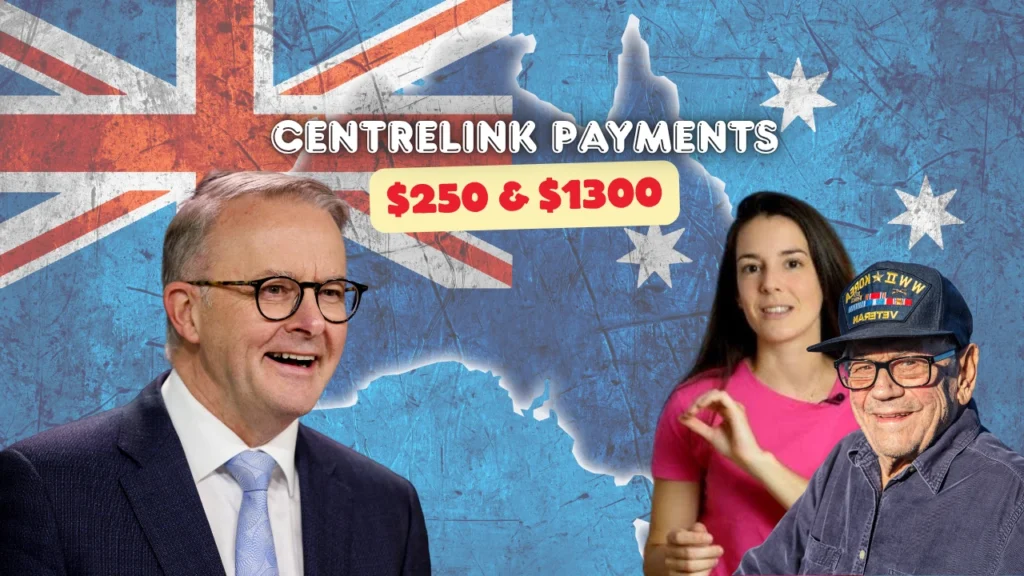
“A little help today can lighten the load of tomorrow.
Centrelink’s cost-of-living payments are here to ease the journey.”
Common Eligibility Criteria
- Recipient of a Centrelink or Veterans payment
You likely need to already be receiving one of the relevant payments to qualify. Examples include:- Age Pension
- Disability Support Pension
- JobSeeker Payment
- Parenting Payment
- Carer Payment
- Veterans’ pensions / allowances
- Other income support or concession card-holding payments
- Residency / Citizenship
You must satisfy the residency or citizenship requirements (usually being an Australian resident or citizen) that apply for Centrelink payments. - Income / Asset Tests
Some payments may impose income or asset caps. Those exceeding certain thresholds likely won’t be eligible for the higher $1,300 payment. - Up-to-date Details
Your Centrelink account needs to have correct and current bank details, and your personal information must be accurate. If your account or details are outdated, you may miss the payment.
Payment Timing & How It Will Be Delivered
Here’s what we know about the timing and rollout (based on proposals and public reporting):
- The payments are expected to be rolled out between September and October 2025.
- Once eligible, the funds will be deposited alongside your regular Centrelink payments, so no separate application is needed.
- Some sources describe the $250 payment being paid first, followed by the larger $1,300 payment later.
- Recipients will likely get notifications via myGov / Centrelink correspondence confirming that the payment has been made.
What’s the Purpose? Why Two Tiers?
The dual-payment structure is designed to target financial assistance more precisely:
- The $250 payment acts as a baseline support for a broad swath of social security recipients, giving everyone a boost to handle rising costs.
- The $1,300 payment is geared toward people under more acute financial pressure, often those on pensions, carers, or people with disabilities providing more substantial relief where it’s most needed.
How Much Could You Receive & What It Means
- If you qualify for the smaller payment, you’d receive $250 in your bank account, enough to cover several weeks of utility bills or groceries in many cases.
- If you meet the criteria for the higher payment, $1,300 is significantly more. That amount can meaningfully reduce financial stress, particularly for people already on tight budgets.
- Because these payments are tax-exempt and not considered assessable income, they won’t reduce your other Centrelink or social security entitlements.
- These sums are one-off, not ongoing; they’re meant as relief, not a permanent income boost.
Possible Challenges & Considerations
- Because the larger $1,300 amount is more selective, many eligible people may receive only the $250 boost.
- Some media coverage may overstate or prematurely confirm payments that haven’t been formally legislated yet.
- Timing of deposits may vary by individual depending on the cycle of your usual Centrelink payment.
- Even though the payment is tax immune and does not count toward income support thresholds, it’s still a one-off ongoing cost-of-living pressure that may outpace relief.
- If you miss keeping your details up to date, you might accidentally skip out on the payment.
Final Thoughts
The proposed $250 and $1,300 Centrelink Cost-of-Living payments represent an important attempt by the Australian government to support those under financial stress due to inflation and rising expenses. While the $250 amount offers a broad safety net, the $1,300 payment seeks to deliver deeper assistance to those under heavier burden. But because these payments are one-off and still in the planning or rollout phase, eligibility details and exact timing remain fluid.
FAQs for $250 & $1300 Centrelink Cost Of Living Payment
Do I need to apply for these payments?
No
Will receiving $1,300 affect my other benefits?
No
Is this a tax-free payment?
Yes
When will the payments be made?
Expected between September and October 2025.
Is this payment permanent?
No
